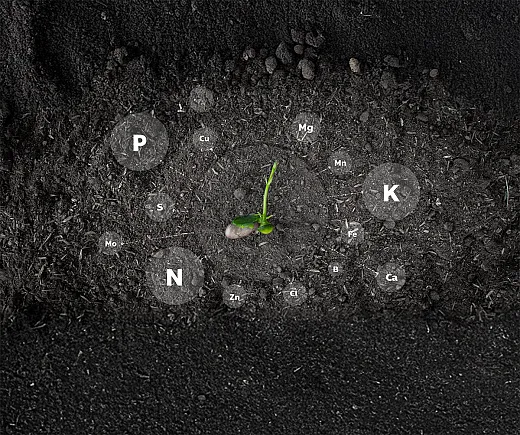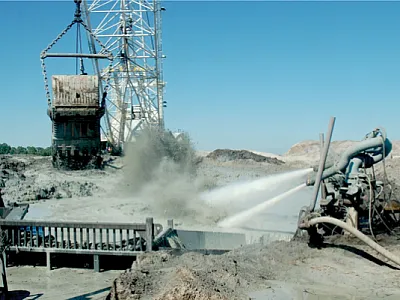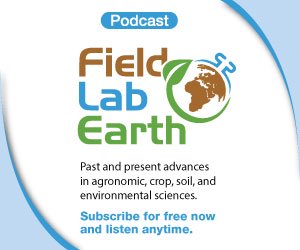Soil fertility, fertilizers, and crop nutrition: Past, present, and future

Society has made (and will be making) significant demands on agriculture in the not-to-distant future. Meeting future sustainability goals and environmental regulations while simultaneously continuing to meet requirements for food, feed, fuel, and fiber requires a firm understanding of how “we” have collectively arrived at our current status as it relates to our fertility principles and beliefs as well as the processes that address them. We have advanced far from the earliest thoughts on rudimentary plant nutrition to a sophisticated science of prescription crop nutrition. This series intends to describe crop nutrition and fertilizers from where we have been to where the authors believe that we will likely need to be prepared to go if we are to support world demands into the foreseeable future.
Table of contents

Soil Fertility, Fertilizers and Crop Nutrition: Past, Present, and Future
Part One: A Look Back
Society has made (and will be making) significant demands on agriculture in the not-to-distant future. Meeting future sustainability goals and environmental regulations while simultaneously continuing to meet requirements for food, feed, fuel, and fiber requires a firm understanding of how “we” have collectively arrived at our current status as it relates to our fertility principles and beliefs as well as the processes that address them. We have advanced far from the earliest thoughts on rudimentary plant nutrition to a sophisticated science of prescription crop nutrition. This article represents the first part of a series that intends to describe crop nutrition and fertilizers from where we have been to where the authors believe that we will likely need to be prepared to go if we are to support world demands into the foreseeable future. Earn 1.5 CEUs in Nutrient Management by reading this article and taking the quiz.

Soil Fertility, Fertilizers, and Crop Nutrition: Past, Present, and Future
Part Two: The Development of the North American Fertilizer Industry
Over the past few decades, the North American fertilizer sector has experienced significant transformations, integrating into the global supply chain, which is pivotal for sustaining an abundant source of food, fiber, and energy. While the fundamental fertilizer products containing N, P, K, and S have remained largely unchanged, common fertilizers have evolved into agricultural commodities that are extensively traded on a global scale. Consequently, farmers often lack visibility into the origins of the fertilizers used for their crops. The role of the modern plant nutrient industry is essential for feeding a hungry world and preventing degradation of vital soil resources. There is growing awareness of the need for enhanced nutrient stewardship to meet local, regional, and global concerns. This is the second article in a three-part series on the past, present, and future of the North American fertilizer industry. Earn 1.5 CEUs in Nutrient Management by reading this article and taking the quiz at https://web.sciencesocieties.org/Learning-Center/Courses.

Soil Fertility, Fertilizers, and Crop Nutrition: Past, Present, and Future
Part Three: A Look to the Future
The 20th century saw the development of a highly efficient nutrient industry producing affordable fertilizers that contributed greatly to increased food, feed, fiber, and fuel production for a growing global population. Plant nutrient production and use in the 21st century faces pressure to improve efficiency and outcomes. The nutrient industry has historically operated with large volumes and low margins, and has, at times, been slow to embrace innovations. However, the landscape has changed, driven by the demand for superior products, practices, and environmental stewardship. This transition marks the advent of what experts term “responsible plant nutrition” (International Fertilizer Association, 2024). This is the third and final article in a series on the past, present, and future of the North American fertilizer industry. Earn 1.5 CEUs in Nutrient Management by reading this article and taking the quiz at https://web.sciencesocieties.org/Learning-Center/Courses.





